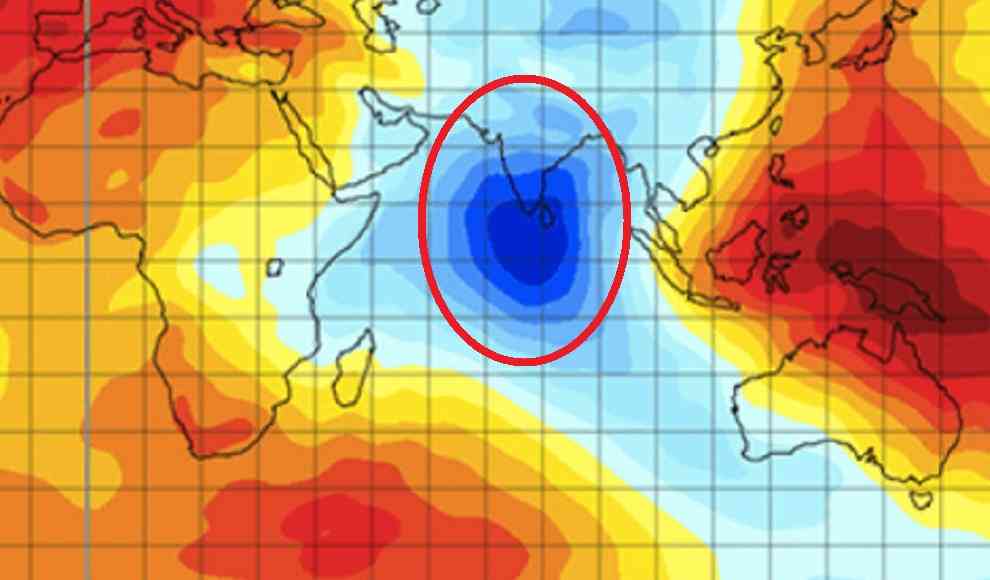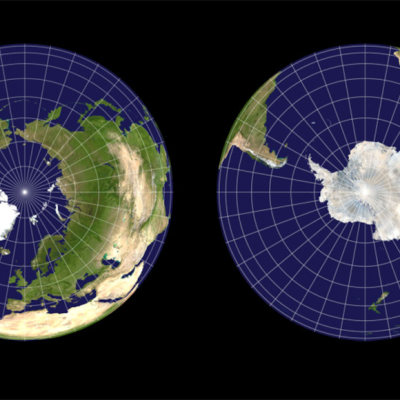The Earth is not a perfect sphere, but an uneven geoid. This leads to variations in gravity in certain regions, such as India. Scientists have now discovered the reason behind this phenomenon. The Goce project of the European Space Agency (ESA) uses satellites to study the Earth’s surface and resulting gravity, which is not uniform across all locations. The geoid defines the heights and depressions of the Earth’s figure, with the average sea level approximating the geoid. However, natural occurrences cause deviations from the geoid in some places, resulting in varying levels of gravity. India is one such location where gravity is lower than the geoid, while the Arctic Ocean experiences increased gravity due to the large amount of melting glacier water causing a bulge.
A team of scientists from the Indian Institute of Science has published a study in the prestigious Geophysical Research Letters explaining why gravity is slightly lower in southern India. Led by Attreyee Ghosh, the researchers developed the theory that a large amount of hot and light rock exists in the Earth’s mantle beneath the Indian subcontinent. This creates a mass deficit that causes the low gravity in the region. The hot and partially molten rock is believed to come from the superplume under eastern Africa, which causes slow continental separation along the East African Rift. Some of the liquid rock flows eastward under the Indian Ocean, causing the Indian Ocean Geoid Low (IOGL).
Previously, scientists believed that the gravity depression in the Indian Ocean was caused by sinking and melting plates of old oceanic rock. However, analysis of earthquake waves revealed that it is actually melted rock material. Despite its enormous size, the gravity depression cannot be seen with the naked eye due to the region’s vastness.
In conclusion, the Earth’s uneven geoid causes variations in gravity in different regions, with India experiencing lower gravity due to a mass deficit caused by hot and light rock in the Earth’s mantle. The discovery sheds light on the complex processes that shape our planet and highlights the importance of continued scientific research.









